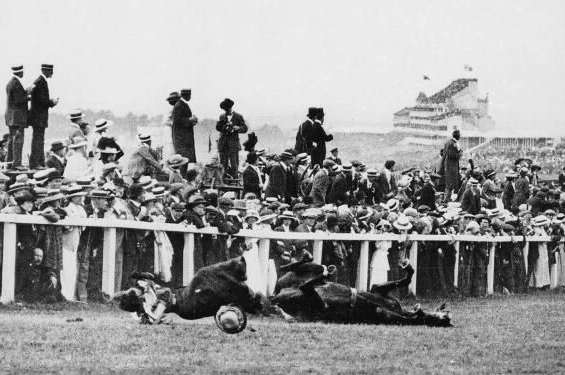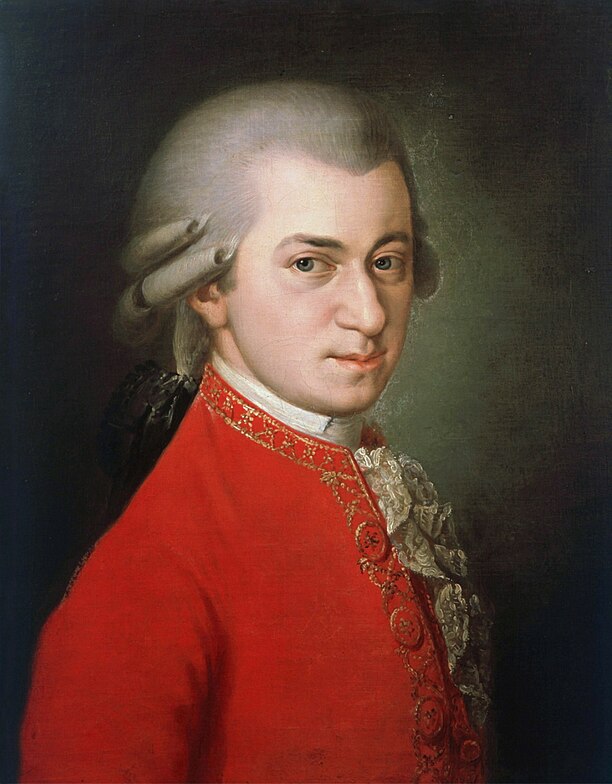Cleveland Indians Fans Riot, 1974
It's hard to believe that anyone thought that Ten Cent Beer Night would be a good idea.
It was a special promotion for a home game of the Cleveland Indians, playing against Texas Rangers on June 4, 1974. Eight ounces of beer for 10 cents -- and as much as you could drink.
The game was a little edgy to begin with. One week earlier there had been a bench-clearing brawl between the two teams at a game in Texas. There was cheap beer there that night, too.
Attendance-wise, I guess you could say the promotion was a success. 25,134 fans attended. The average was around 8,000.
By the end of the first inning some of the fans had started lighting firecrackers in the stands. Pretty soon a woman was flashing her breasts in the on-deck circle, and a streaker ran onto the field and slid into second base. (Ouch.) More innings, more streakers. Hot dogs, spit, and empty bottles were thrown into the Rangers' bullpen.
At the bottom of the ninth inning, the score was tied, and a fan rushed onto the field and stole Ranger Jeff Burroughs's glove. When he tried to get it back, he tripped and fell. His manager, Billy Martin, thought he had been attacked and ran onto the field. His players followed him, armed with bats. Then fans came onto the field -- with knives, chains, and portions of the seats that they had torn apart. The Indians realized that the Rangers' lives were in danger, so they came onto the field with bats as well.
The live telecast was suspended, but radio coverage continued. One of the announcers mentioned that the police hadn't arrived. Soon after that, they got there.
Ultimately, the game was forfeited to the Rangers, as is usually done when a game can't continue due to the behavior of the hometown fans. There were three more Beer Nights that season at Cleveland Municipal Stadium -- but the deal was only good for four beers per person.
Emily Davison Run Down by Horse, 1913
 |
| Emily Davison |
On June 4, 1913, Davison attended the Epsom Derby, which was attended by George V and other notables. King George's horse, Anmer, was running. As the horses came around the final bend, Davison stepped out in front of Anmer and was trampled. The horse fell and the jockey was dragged for a short distance. Davison was taken to the hospital, and died on the 8th of June of a fractured skull and internal injuries.
 |
| On the racetrack |
Herbert Jones, the jockey, suffered a mild concussion, but was ever afterwards haunted by the event. He committed suicide in 1951.
Mozart Holds Funeral for His Sparrow, 1787
 |
| Wolfgang Amadeus: quite the bird-lover. |
He was obviously very attached to the bird. It may be, in part, because the bird was able to sing his music, or at least some of it. Vogel Star could whistle variations on Mozart's Piano Concerto in G Major. It's also possible that Mozart was working out some of his grief for his father, who had died just a week earlier.
When the bird died, Mozart persuaded his friends to attend the funeral, composed new music (which has since been lost) and recited a poem he had written in the bird's honor. The poem read, in part:
"Here lies a bird called Starling,
A foolish little Darling.
He was still in his prime
When he ran out of time..."
Oh well. Perhaps it sounded better in German.
No comments:
Post a Comment